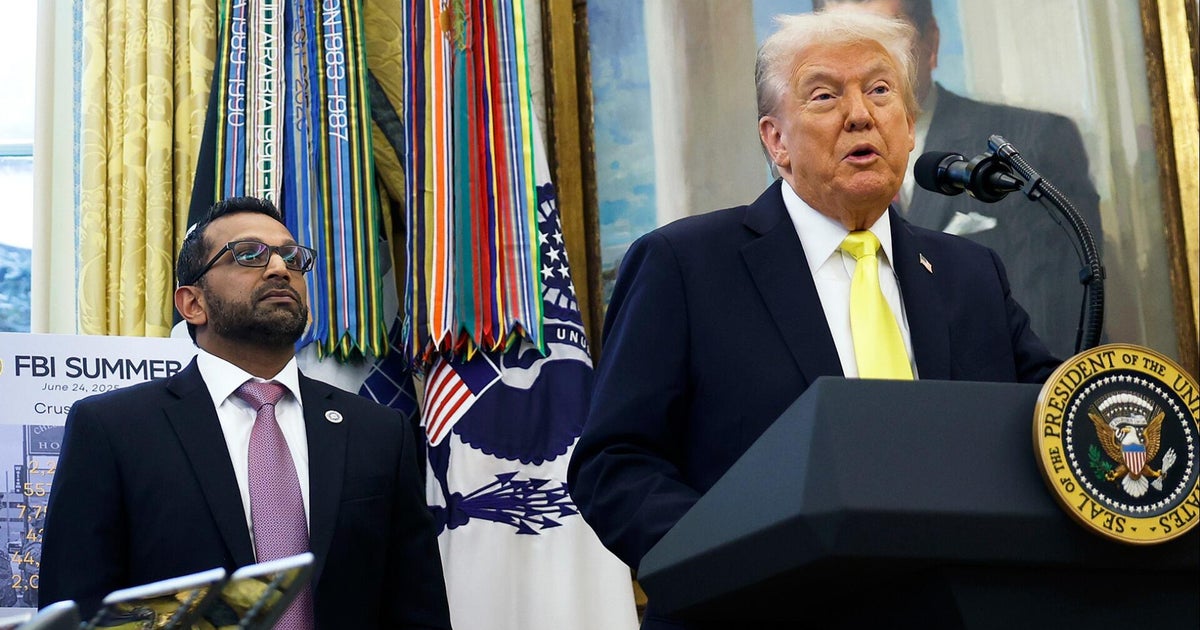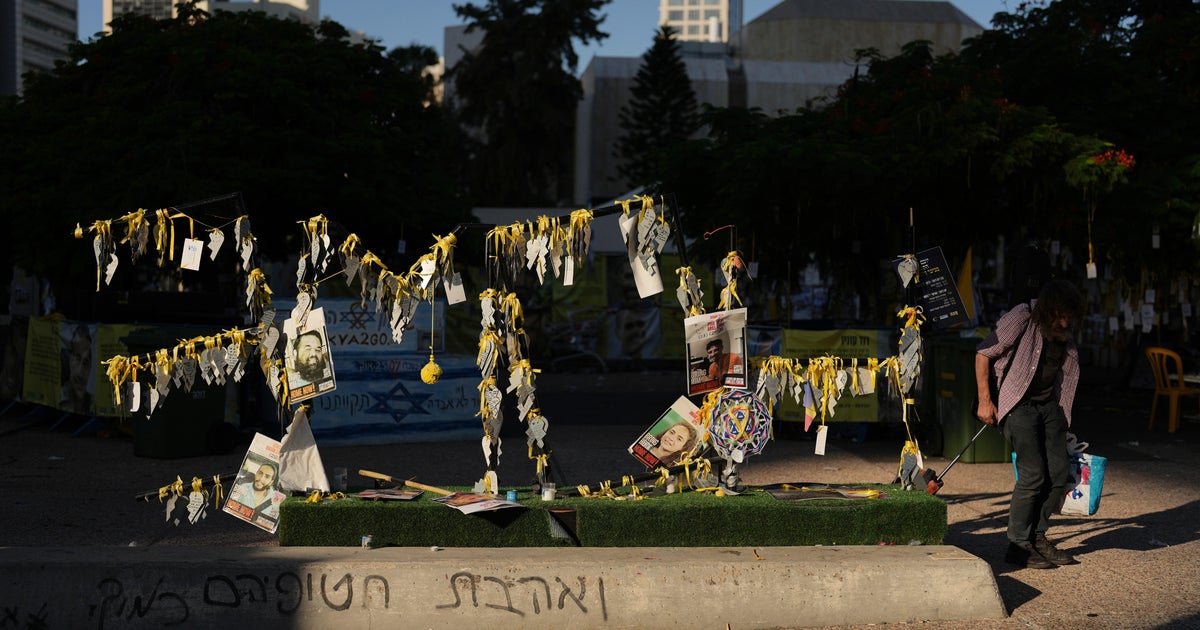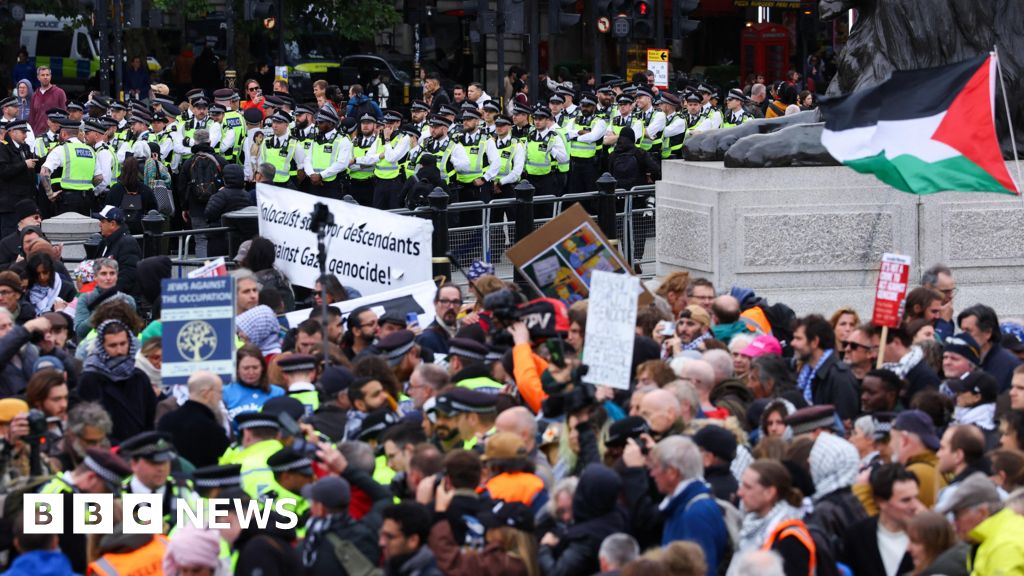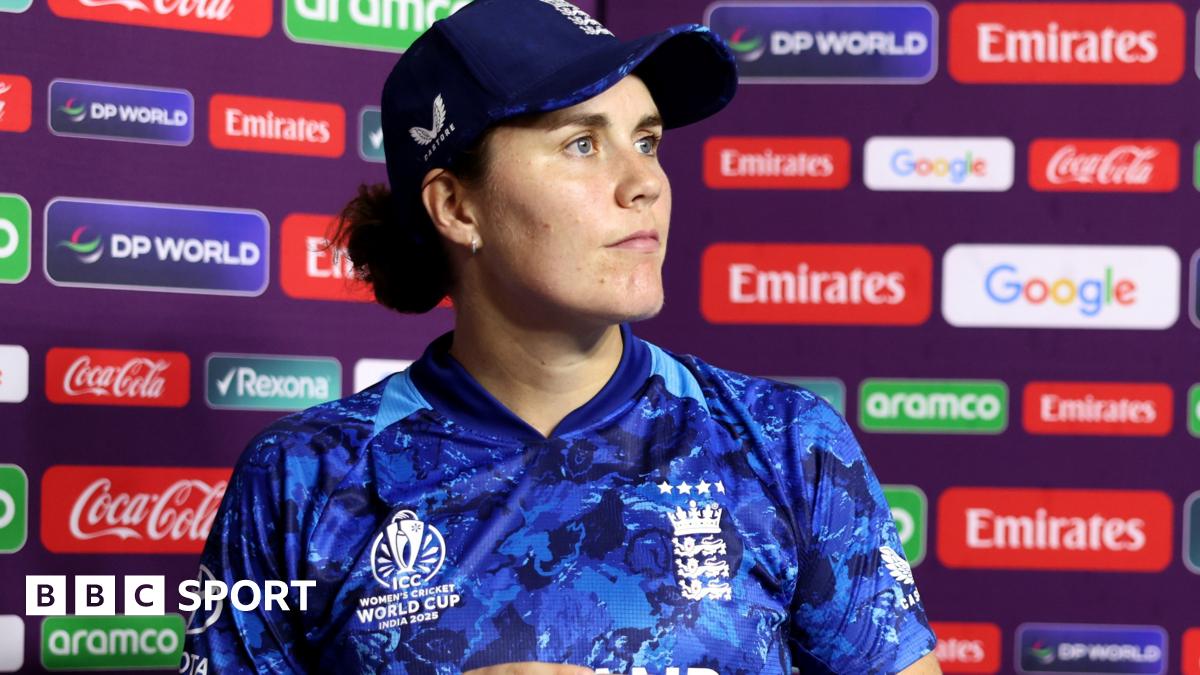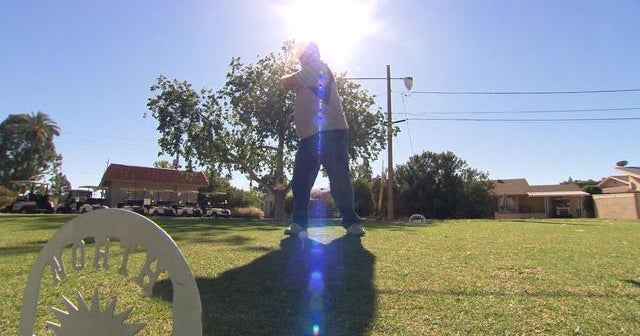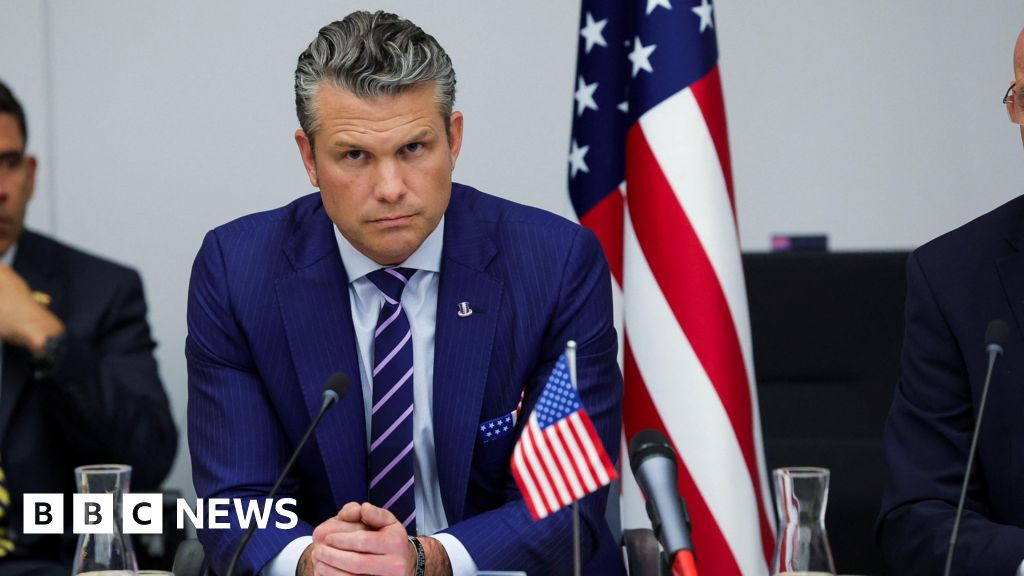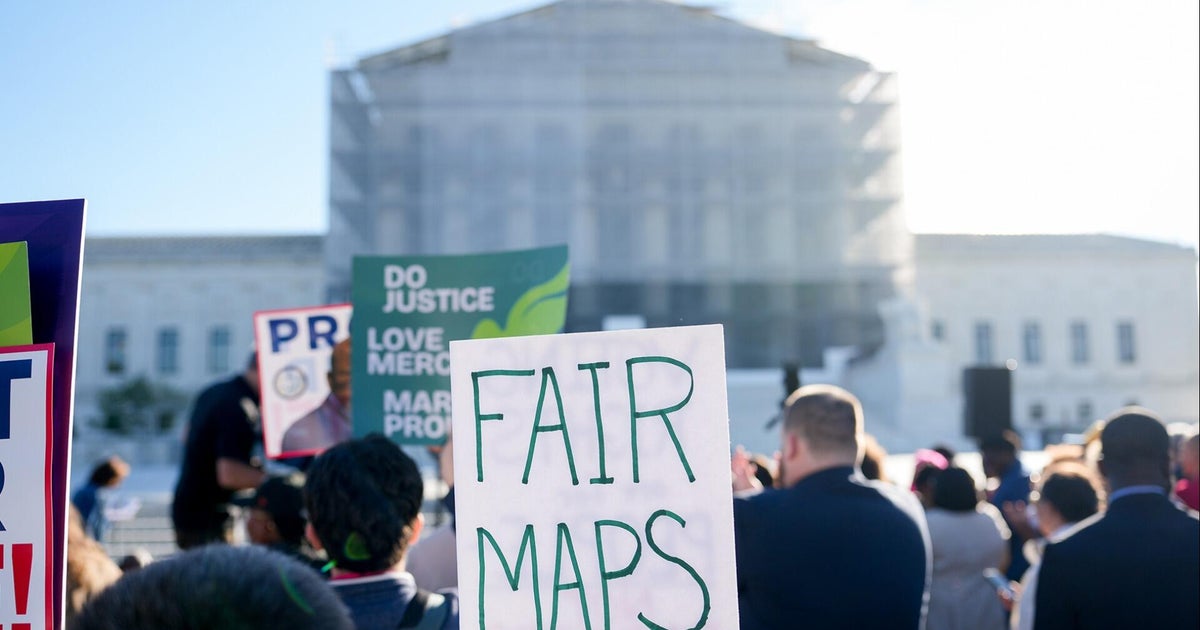October 16, 2025 — 5:00am
The airport
Adolfo Suarez Madrid–Barajas Airport, Spain

The flight
Qatar Airways QR152 from Madrid to Doha
The arrival
After trying the metro (€3) on my arrival into Madrid, I instead opt to take the airport bus to Madrid-Barajas Airport for my departing flight. It’s a €5, half-hour journey that drops passengers unceremoniously at the rather grubby-looking Terminals 1 and 2, before depositing me at more aesthetically pleasing Terminal 4 to connect with my Qatar Airlines flight. Other options include a taxi for €30 ($53.30) from Madrid-Puerta de Atocha-Almudena Grandes train station in the centre.
The look
Madrid’s T4 and satellite terminal T4S opened in 2006, winning a slew of architecture awards for its bird-in-flight shaped roof and innovative, spacious design. Emphasising natural light, it’s a largely non-offensive and even pleasing structure to view inside and out. However, good bones aside, there is a €2.4 billion plan to renovate the airport. Scheduled to start in 2031, it’s a much-needed facelift for a tired interior space.
Check-in

Madrid is the second-biggest airport in Europe by area, but it’s largely empty when I arrive hours early for my evening flight. With nowhere comfortable to wait, I end up perching on the edge of my luggage trolley with a decent book waiting for check-in to open. It proves to be a rookie mistake: passenger after passenger comes up to ask me when the Qatar Airlines check-in will open, and all want to make small talk about transiting through the Middle East, just when my book is getting good.
Security
Deceptively, there is no wait for security after I check in. Terminal T4 is pleasant enough, but for non-Schengen flights, you need to proceed to Terminal 4S via a five-minute underground tram ride, and continue through passport control there (something that I’m sure has caught many travellers off-guard close to boarding time). The subway is fast and efficient, but on arrival, there’s a massive scrimmage as the crowd all hit passport control in one big human wave. Luckily, staff seem nonchalant about processing passengers, and it only takes a few minutes.

Food + drink
The airport is a last chance to get a hit of jamon iberico and a decent glass of sherry before leaving Spain. There’s a decent selection of reasonable food options, including salads and kombucha Flax & Kale, and sandwiches at La Place, while the newly launched outlet Hungry Club, by Spanish celebrity chef Dabiz Munoz, seems popular, with its easy scan-and-go QR ordering. After 12 days of belt-busting gourmet meals in Spain, I cave into my cravings and grab a gluten-free cheeseburger and gluten-free beer at McDonald’s. Not available in Australia, it’s a guilty pleasure for a fast-food deprived coeliac.
Retail therapy
In T4, retail options include Victoria’s Secret, Victorinox and Lacoste, alongside Spanish clothing brands like Mango, Desigual, and the FCB Barcelona shop. I’m a bit surprised at the lack of premium, tick-the-box airport retail offerings (the usual suspects like Chanel, Hermes and co don’t have a presence). In T4S, there are a few more retail options like Carolina Herrera handbags, Marc Jacobs, as well as your standard catch-all duty-free liquor, perfume and make up store, but overall, there is a refreshing lack of retail clutter.
Passing time
There is little in the way of good entertainment at this airport besides the free wifi and an occasional TV showing the news; instead, I enjoy a ripper orange sunset by the runway and demolish my book in a quiet corner near my gate.
The verdict
Madrid Airport has fewer passengers, more space than most airports and less clutter. This isn’t a world-class airport, but good design makes it a less jarring experience than other European hubs.
Our rating out of five
Sign up for the Traveller newsletter
The latest travel news, tips and inspiration delivered to your inbox. Sign up now.
Shaney Hudson is an award-winning freelance travel writer based in Sydney. Specialising in family travel, she likes to go where the wild things are.






